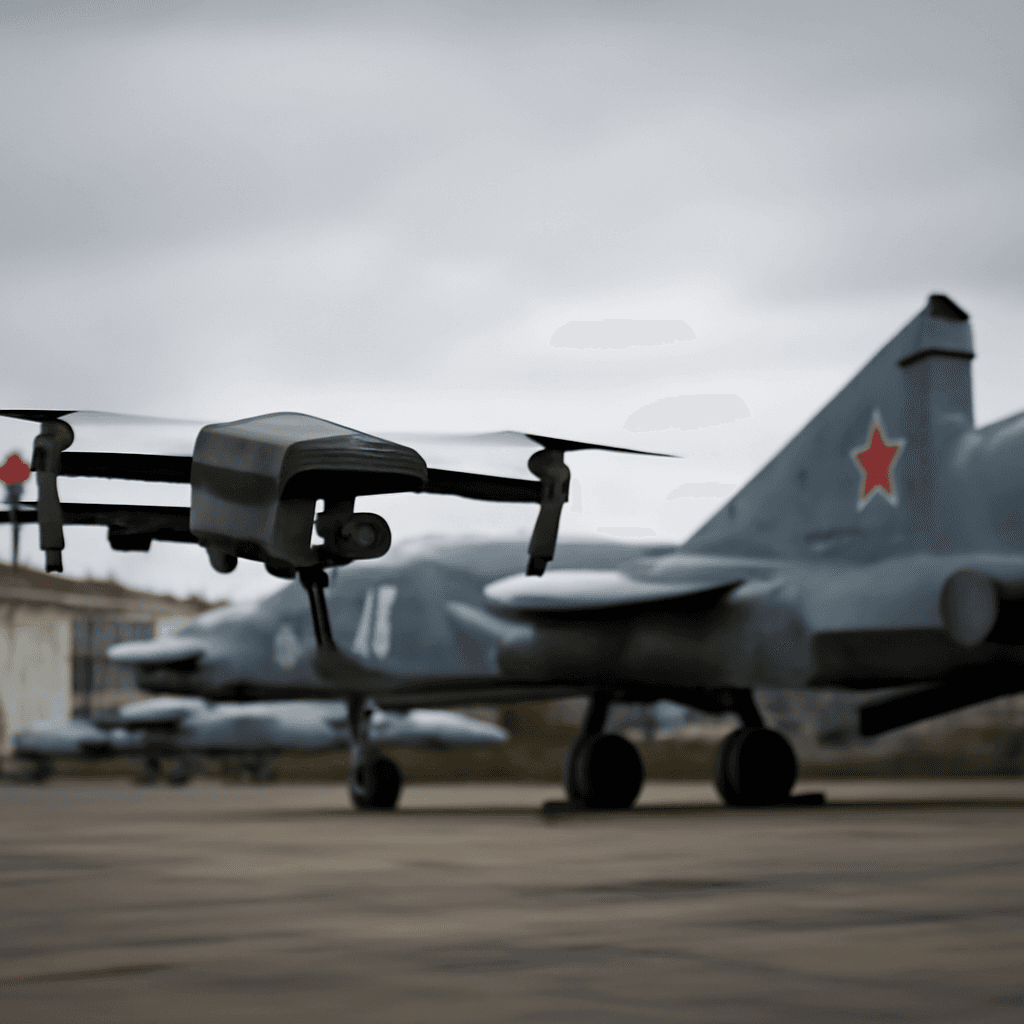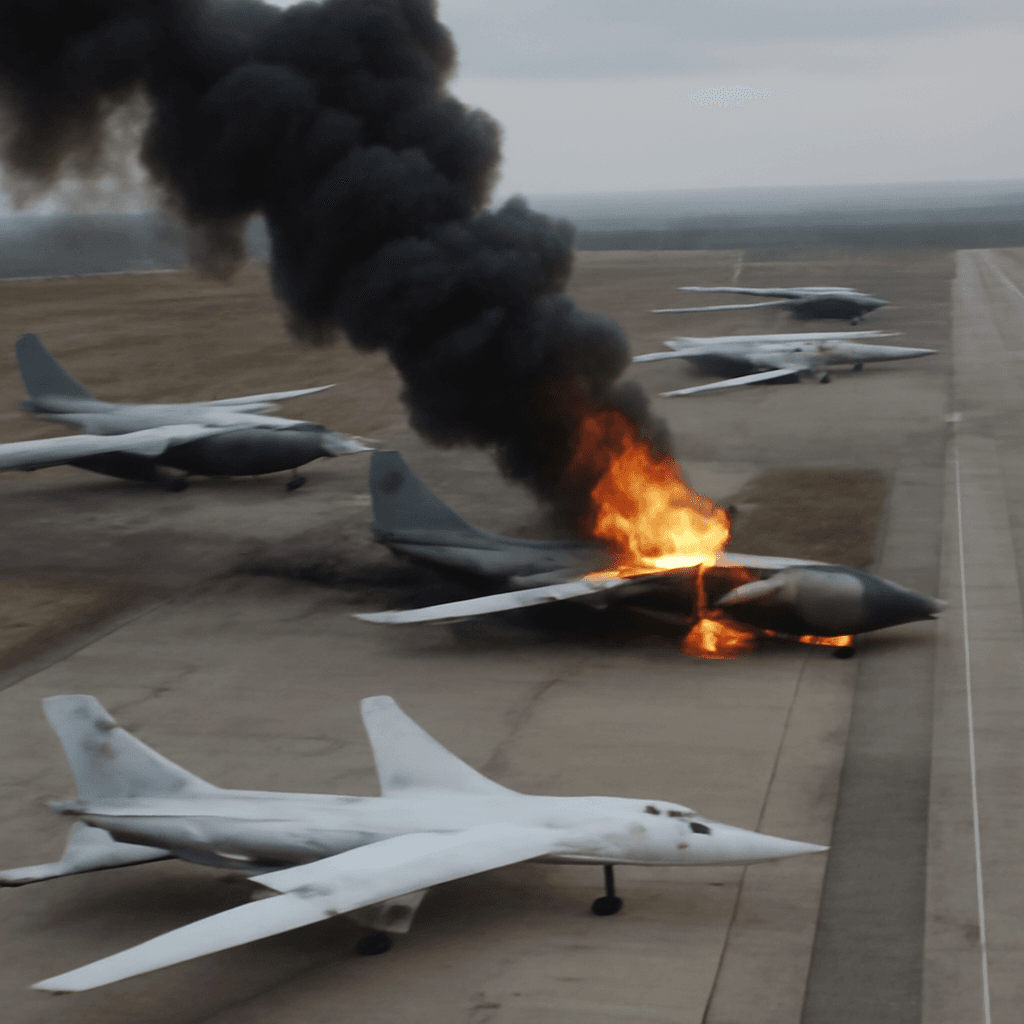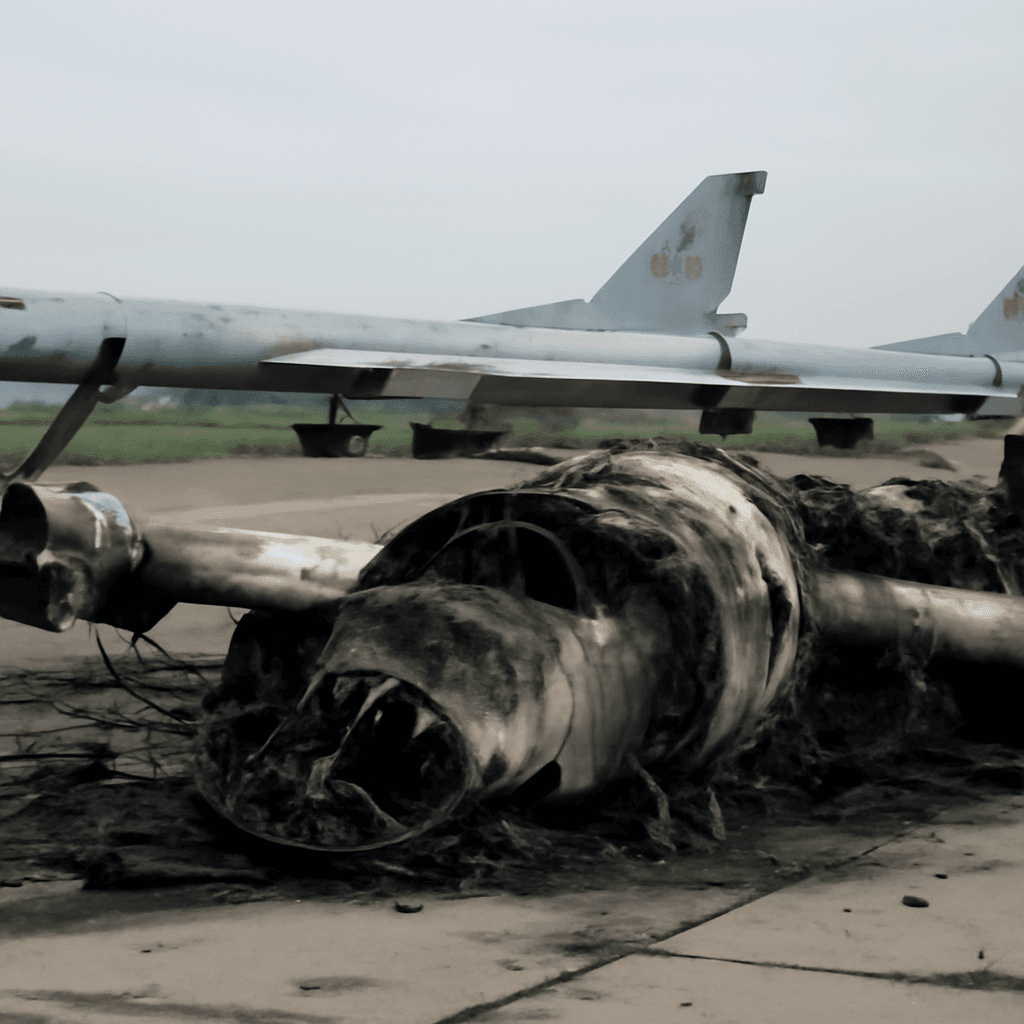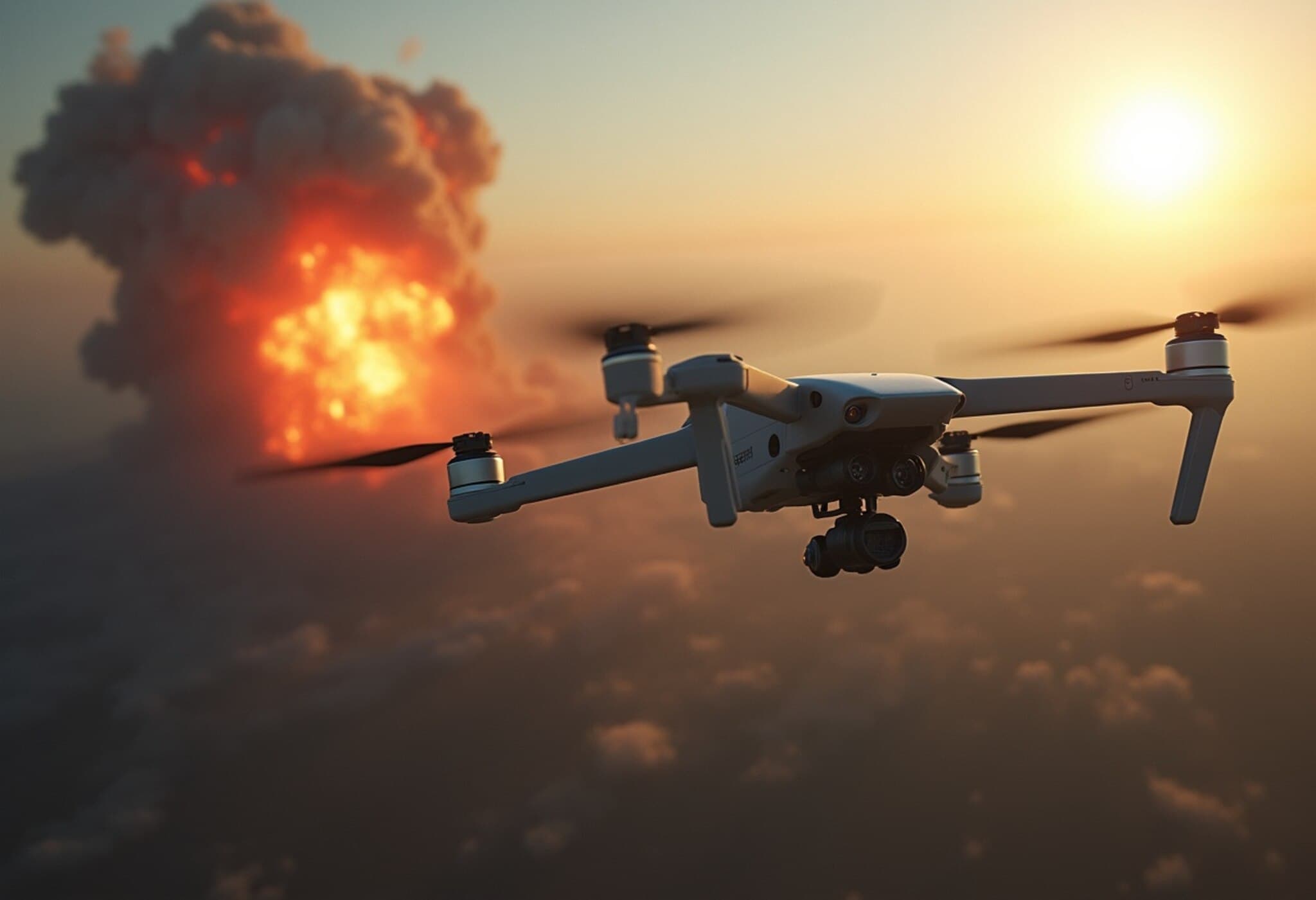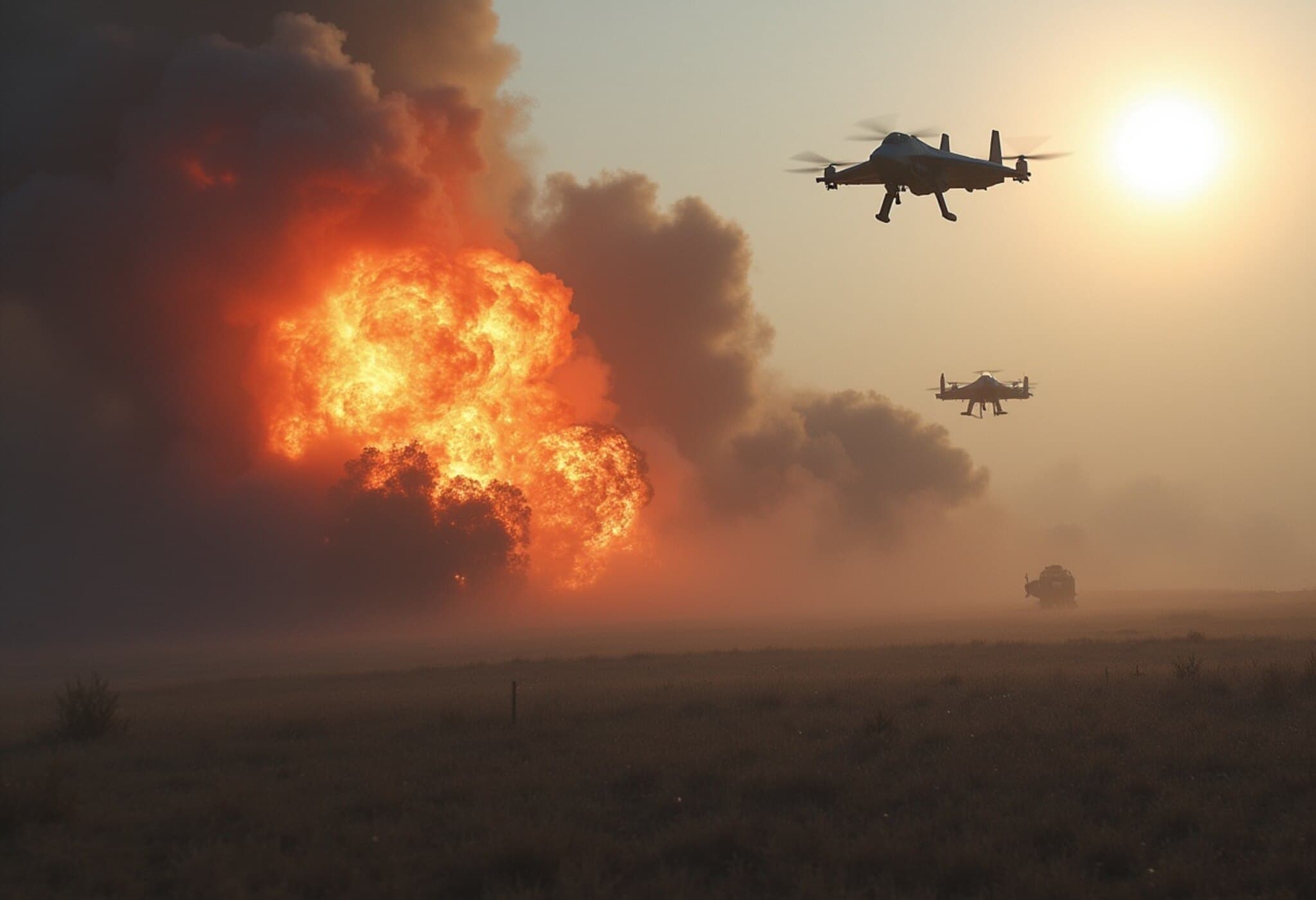Covert Drone Offensive Shakes Russian Military Infrastructure
Ukraine carried out a daring covert operation known as "Spider's Web," deploying low-cost drones deep within Russian territory to strike key military airfields. The operation resulted in significant damage to over 40 Russian warplanes, dramatically impairing Moscow's strategic air capabilities.
Details of the 'Spider's Web' Operation
The operation utilized cheaply manufactured drones, each costing approximately $1,200. These drones were clandestinely transported into Russian regions aboard semi-trailer trucks, concealed within wooden containers. A remotely controlled mechanism enabled the drones to be released mid-transit, allowing them to undertake surprise strikes on their targets.
This tactical deployment culminated in the destruction or severe damage of more than 40 Russian aircraft, with losses estimated around $7 billion according to Ukrainian security sources.
Innovative Tactics Overcome Distance Challenges
One of the most remarkable aspects of the operation was targeting the Belaya air base in Siberia's Irkutsk region, over 4,000 kilometers from Ukraine — a distance beyond the reach of Ukraine's known long-range drones and ballistic missiles. This necessitated a unique approach: smuggling first-person view (FPV) drones directly into Russian territory, assembling them in concealed containers, and releasing them near strategic airfields for attacks.
Operational Security and Execution
Planning for the mission lasted more than a year and a half, with Ukrainian operatives based in an office adjacent to a Russian security service facility, underscoring the operation's complexity and boldness.
All personnel involved were extracted from Russia just prior to the strikes. The Ukrainian president personally supervised the mission, emphasizing its significance.
Russian Response to the Drone Strikes
Russia's Defense Ministry acknowledged the drone strikes on military airfields across five regions. While air defenses successfully repelled most attacks, sustained fires occurred at the Murmansk and Irkutsk airfields, with some aircraft catching fire. Fires were eventually extinguished with no reported casualties, though several individuals linked to the operation were detained.
Ukrainian intelligence reported that about 34% of Russia's strategic cruise missile carriers were lost, including key aircraft models such as the A-50, Tu-95, and Tu-22M bombers, which are critical for launching missile assaults on Ukraine.
Strategic Implications Amid Peace Talks
The operation took place on the eve of a critical round of peace negotiations held in Istanbul. Notably, it coincided with a large-scale Russian drone barrage involving 472 drones launched against Ukraine.
Damage to Russia's long-range bomber fleet could reduce Moscow's capacity to conduct devastating missile raids, particularly those launched from the Irkutsk air base, home to the Tu-22M supersonic bombers.
Conclusion
The "Spider's Web" drone operation exemplifies Ukraine's ability to execute innovative and cost-effective strategies to challenge Russia's military strength deep inside its territory, altering the dynamics of the ongoing conflict.

